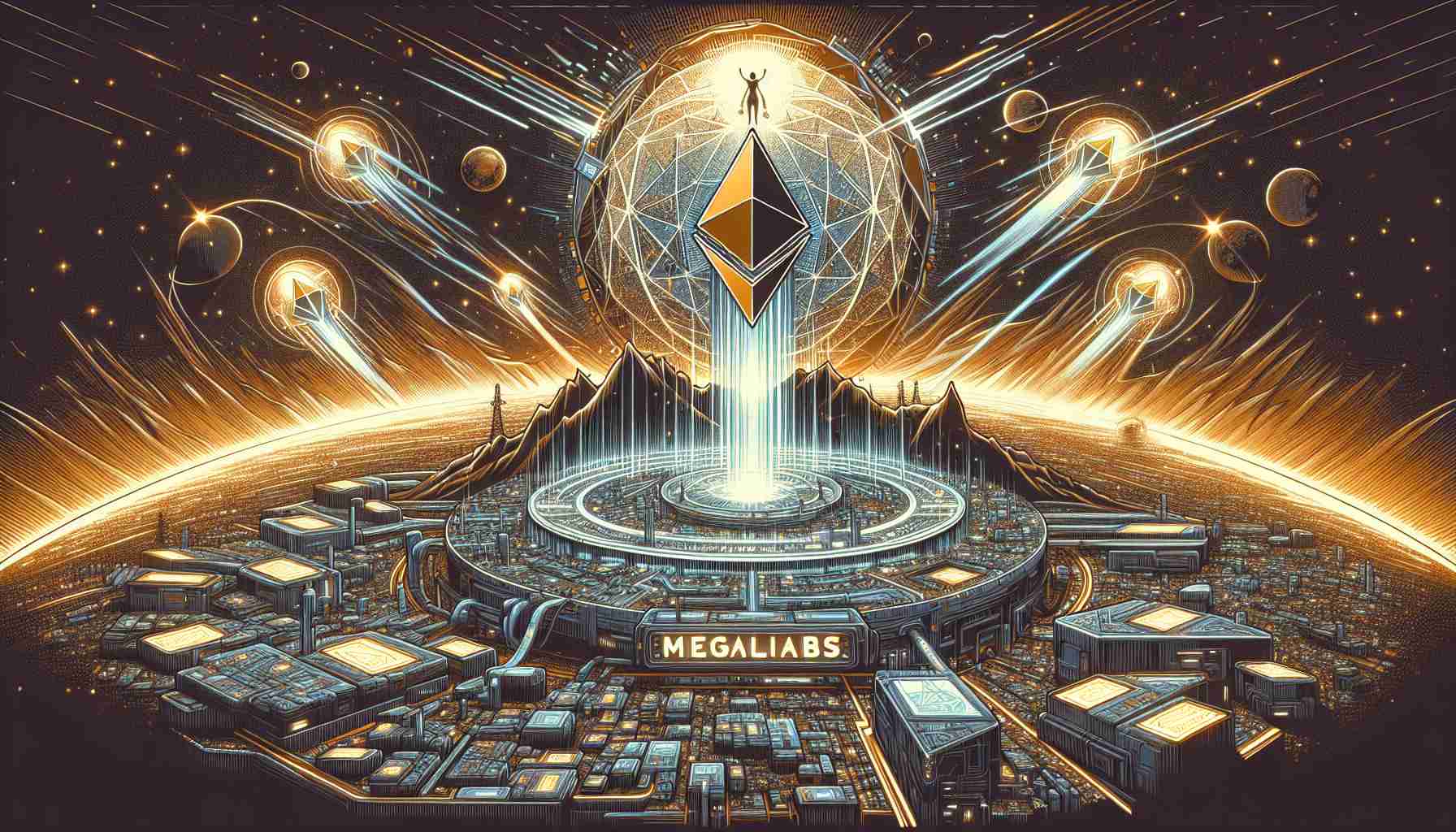MegaLabs, a beacon of innovation within the blockchain sector, recently heralded the procuring of $20 million in seed capital. This injection of funds, with Dragonfly Capital at the helm, is poised to catapult the development of MegaETH—a trailblazing real-time blockchain technology. Capable of a staggering 100,000 transactions per second, MegaETH seeks to redefine the boundaries of throughput and agility in blockchain systems.
The aspiration of real-time blockchain is clarified in its name—it is an ecosystem that fortifies immediate transaction processing with ultra-high output frequency. The culmination of these capabilities would represent an unparalleled evolution in blockchain responsiveness and scalability.
Drawing investment from a myriad of prestigious backers, such as Figment Capital and Folius Ventures, MegaLabs’ vision has attracted the interest and resources of leading industry figures. The roster includes trailblazers like Ethereum’s very own Vitalik Buterin and the influential Joseph Lubin of Consensys.
The technical prowess of MegaETH hinges upon two groundbreaking concepts. First, it embraces a heterogeneous blockchain architecture, adeptly designed to amplify performance. This allows the division of labor among network nodes with disparate hardware setups, dedicating them to particular roles for optimal functioning. Second, it fosters a hyper-optimized EVM execution environment, which is conceived as an operating system for blockchains yet operates in harmony with Ethereum’s programming frameworks.
This strategic initiative to scale Ethereum owes a notable nod to Buterin’s forward-thinking dialogue in his 2021 “Endgame” blog post, which underscored the core necessity of pioneering hyper-scalable EVM solutions to truly expand Ethereum’s reach and capabilities.
Key Questions and Answers:
– What is MegaLabs’ core goal with MegaETH?
MegaLabs aims to create a next-generation blockchain technology that will considerably enhance the Ethereum blockchain’s transaction speed, reaching up to 100,000 transactions per second. This level of scalability aims to allow for real-time transaction processing, significantly improving efficiency and broadening the use cases for Ethereum.
– Who are the key investors in MegaLabs?
Dragonfly Capital led the $20 million seed funding round, with contributions from other notable investors like Figment Capital and Folius Ventures. Prominent individuals in the blockchain space, including Ethereum’s Vitalik Buterin and Consensys’ Joseph Lubin, are also involved, demonstrating significant industry support.
– What technological innovations does MegaETH incorporate?
MegaETH introduces a heterogeneous blockchain architecture, which optimizes different parts of the network for specific tasks, alongside a hyper-optimized Ethereum Virtual Machine (EVM) execution environment. This combination is designed to boost the network’s overall performance and compatibility with Ethereum’s existing systems.
Advantages and Disadvantages:
Advantages:
– Increase in Transaction Throughput: With the potential to handle 100,000 transactions per second, MegaETH could potentially alleviate current limitations concerning Ethereum’s scalability.
– Reduction in Transaction Delays: Real-time processing could virtually eliminate the transaction latency issues that currently affect blockchain users.
– Wider Adoption: Improved scalability could make Ethereum more attractive for enterprises and larger-scale applications, leading to broader adoption of blockchain technology.
Disadvantages:
– Security Concerns: With changes in blockchain architecture, there may be unforeseen security implications that could pose risks to users’ assets.
– Technical Complexity: The implementation of a new, sophisticated architecture may face significant technical challenges and could encounter barriers to user and developer adoption.
– Regulatory Challenges: As blockchain technology continues to evolve at a rapid pace, regulatory frameworks may struggle to keep up, potentially hindering widespread acceptance.
Key Challenges or Controversies:
– Whether MegaETH will manage to maintain Ethereum’s decentralized ethos and security while significantly increasing transaction capacity.
– How the Ethereum community, particularly developers, will react to and integrate with this new ecosystem.
– The potential impact of such a technological revolution on Ethereum’s existing layer-2 solutions and whether MegaETH will complement or compete with them.
For more information on blockchain technology and the Ethereum ecosystem, you can visit the following links:
– Ethereum’s Main Domain: Ethereum
– Dragonfly Capital’s Main Domain: Dragonfly Capital
– Consensys Main Domain: Consensys
Please ensure to check the validity of URLs, as my knowledge does not extend past my last update and links may change over time.



